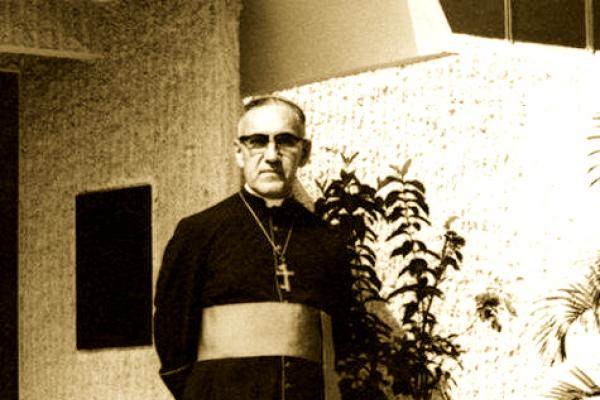Oct 13, 2018
Editor’s Note: This article originally appeared in a 2005 issue of Sojourners magazine.
"El Papa Juan Pablo Segundo Murió" read the banner shown on the TV set in the El Salvador bar I was sitting in April 2, 2005. The pope's death had been rumored all week. One taxi driver told me the pope was dead, though the next one informed me he was not.
Read the Full Article

Already a subscriber? Login
